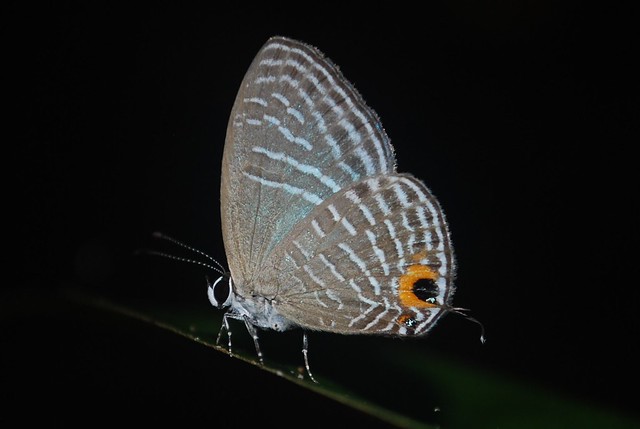I'm 99% sure of the ID but would like some confirmation. I initially thought this could be virgulatus but the dislocated subbasal striae on the hindwing rules that out.
*Side note- I knew this was not the typical celeno the moment i saw it because this one has a really dazzling blue dorsal which is quite spectacular when it's in flight and quite unlike the bleached whitish-blue of the more common celeno




 Reply With Quote
Reply With Quote

